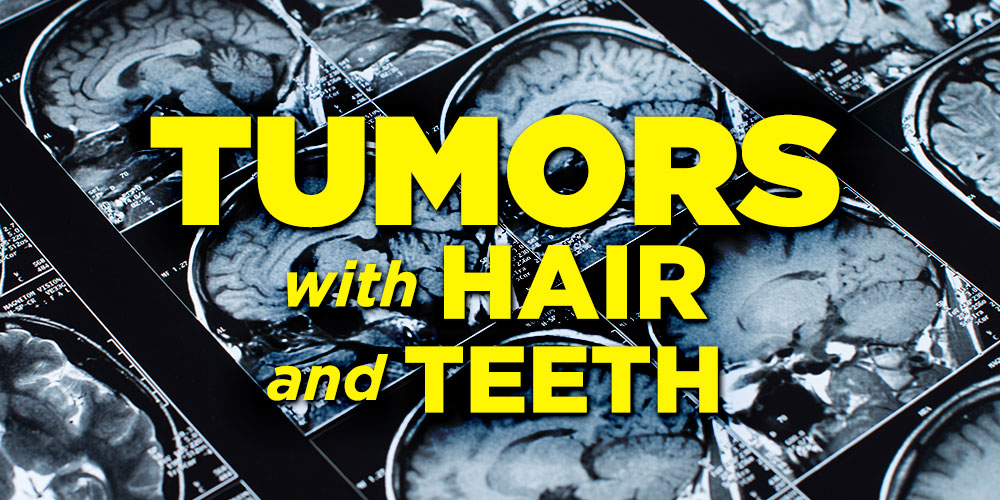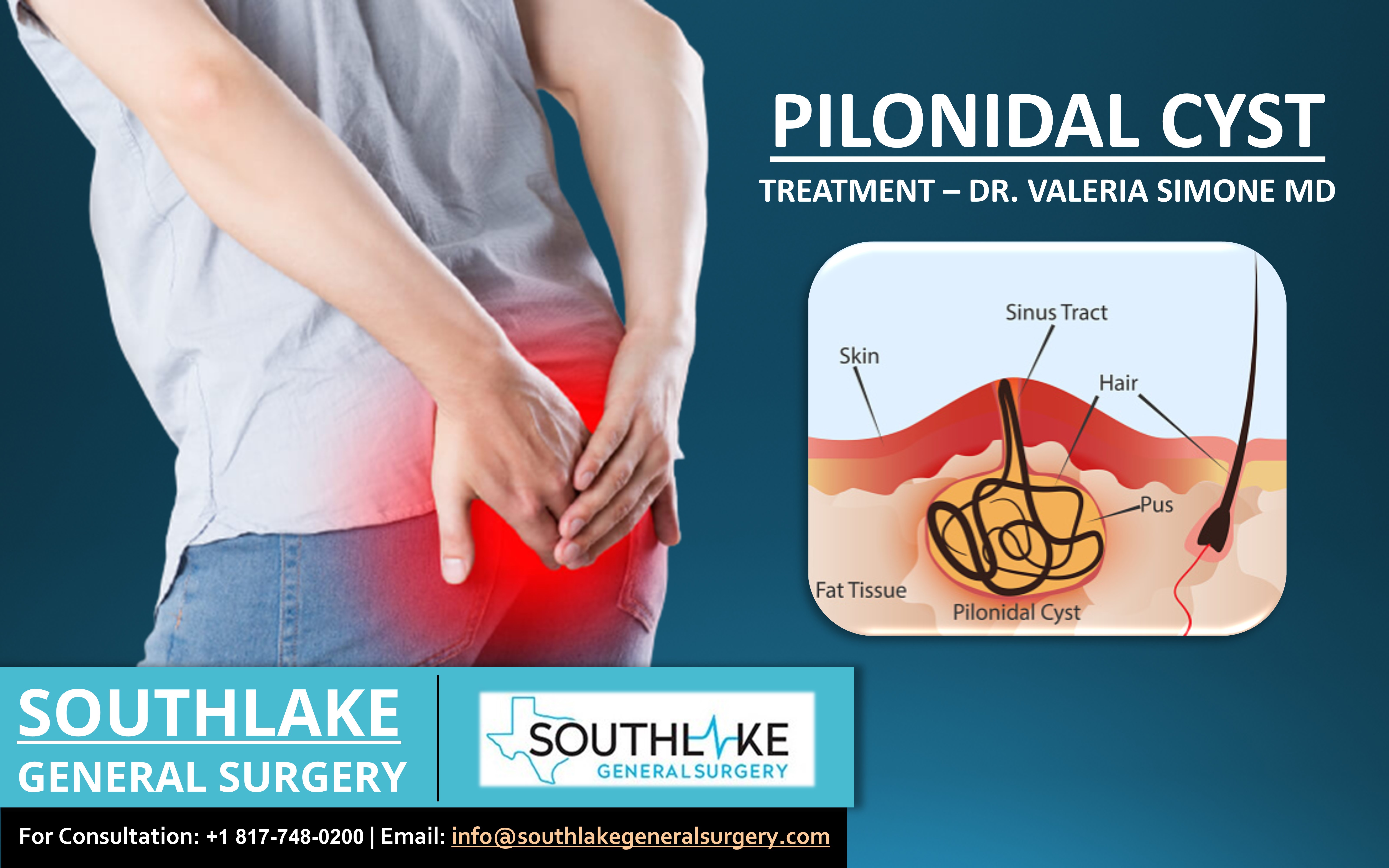Table Of Content
- Find more top doctors on
- Medical Treatment for Dermoid Cysts
- Drugs & Supplements
- Before surgery
- The 14 Best Teeth Whitening Products and Kits on Amazon for a Brighter and Radiant Smile
- The Best Anti-Aging Serums to Upgrade Your Skincare Routine in 2024
- Whether or not a dermoid cyst is causing any symptoms, they are usually removed to prevent any trouble down the line.

These cysts can form when a hair follicle becomes blocked. They are common in acne and may occur on the face, neck, back, and genitals. These cysts are not cancer and do not lead to cancer. They tend not to hurt, but they can sometimes become swollen and painful. They also may break open (rupture) and cause scarring. Your doctor will use an MRI and CT scan to diagnose spinal dermoid cysts.
Find more top doctors on
And a dermoid cyst on an ovary can cause the organ to twist on itself like a kinked garden hose, Dr. Khalil explains. This is called ovarian torsion, and it can lead to symptoms like severe pain, nausea, and vomiting, according to the Mayo Clinic. Ovarian dermoid cysts can also rupture, potentially causing symptoms like intense pain and bleeding. Teratomas are thought to originate in utero, so can be considered congenital tumors. Many teratomas are not diagnosed until much later in childhood or in adulthood. Large tumors are more likely to be diagnosed early on.
Medical Treatment for Dermoid Cysts
An oophorectomy, which is the surgical removal of the ovary, may be necessary if the cysts measure more than 5–6 cm and have affected the entire ovary. In other cases, surgery may be the best course of action. For those with cysts measuring less than 5 cm, a surgeon may perform a laparoscopic cystectomy.
Drugs & Supplements
If your provider finds a cyst that’s concerning, follow their recommendations for next steps. Schedule regular pelvic exams so that your provider can find any cysts early and offer treatment as needed. But, regular pelvic exams help ensure that changes in your ovaries are diagnosed as early as possible. Make a note of unusual menstrual symptoms, especially ones that go on for more than a few cycles.
If they become infected, the infection must be treated and the cyst should be removed. It is easier to remove cysts and prevent scars if the cyst is removed before it gets infected. In most cases, cyst removal surgery can be done safely with few complications or long-term problems. Removing the cyst also removes the risk of it rupturing and spreading an infection that can become a more serious medical problem. In some cases, it can be done without removing the ovary.
The 14 Best Teeth Whitening Products and Kits on Amazon for a Brighter and Radiant Smile
If the cyst is too large or there’s been too much damage to the ovary, the ovary and cyst may have to be removed together. However, this kind of cyst may press against the spine or spinal nerves. Surgical removal is usually done if the cyst is malignant, followed by chemotherapy. If malignancy is suspected, surgical removal will be recommended.
The Best Walmart Deals on Luxury Skincare and Beauty Products: Save on La Mer, Bobbi Brown and More

Before treating a cyst, it’s critical your doctor knows just how close it is to nerves that could potentially be harmed during surgery. A periorbital dermoid cyst forms when the skin layers don’t grow together properly. This allows skin cells and other materials to collect in a sac near the skin’s surface. Because the glands that are in the cyst continue to secrete fluids, the cyst continues to grow. We cannot tell exactly what kind of cyst it is some of the time just by looking at an ultrasound, but we do know what it is when the pathologist looks at it. Some cysts are made out of egg tissue make hair and teeth and other kinds of tissues, and they look a certain way on ultrasound.

The Best Anti-Aging Serums to Upgrade Your Skincare Routine in 2024
Talk to your health care provider about changes that concern you. But sometimes ovarian cysts can become twisted or burst open (rupture). To protect your health, get regular pelvic exams and know the symptoms that can signal what might be a serious problem. A doctor will recommend surgery to remove an ovarian cyst if it is very large, continues to grow, or is causing symptoms.
Teratomas are not dangerous for the fetus unless either a mass effect occurs or a large amount of blood flows through the tumor (known as vascular steal). The mass effect frequently consists of obstruction of normal passage of fluids from surrounding organs. The vascular steal can place a strain on the growing heart of the fetus, even resulting in heart failure, thus must be monitored by fetal echocardiography.
Providing the cyst is small enough and not causing any symptoms, a doctor may recommend surveillance as a treatment option. Infections, tumors, parasites, and injuries can cause cysts. They are usually benign, but sometimes, they can be cancerous. Cysts are fluid-filled sacs that can develop in tissues in any part of the body. They are relatively common, and there are many different types. Usually, cysts less than 10 centimeters are benign and, providing they are not causing any symptoms, only require watchful waiting.
Immature ovarian teratomas are usually found in girls up to their early 20s. Even if these teratomas are diagnosed at an advanced stage, most cases are cured by a combination of surgery and chemotherapy. They’re usually found in girls and young women up to the age of 20. One theory of teratomas suggests that the condition originates in these primordial germ cells.
If the cyst is not easily accessible, they may use radiologic imaging to accurately guide the needle or catheter. A person may also experience headaches and other symptoms if a cyst develops on the brain. It is unusual for some cysts, such as skin cysts, to cause pain unless they rupture, become infected, or are inflamed. Ovarian cysts are common in females who have regular periods.
Ultrasound reveals teeth and hair growing inside mother's uterus - Yahoo Finance
Ultrasound reveals teeth and hair growing inside mother's uterus.
Posted: Sun, 06 Feb 2022 08:00:00 GMT [source]
Dermoid cysts comprise mature skin, hair follicles, sweat glands, and clumps of long hair, as well as fat, bone, cartilage, and thyroid tissue. Dentigerous cysts surround the crown of an unerupted tooth. It typically develops when a person is in their 20s and 30s, though it can happen at other times too. The National Institute of Neurological Disorders and Stroke notes that arachnoid cysts develop between the arachnoid membrane and the brain or spinal cord.
Large sacrococcygeal teratomas are sometimes detected in ultrasound scans of the fetus. Remember that teratomas are classified as mature (usually benign) or immature (likely cancerous). The likelihood of cancer depends on where in the body the teratoma is found. In about 1 in 500,000 people, a very rare type of teratoma can appear, called fetus in fetu (fetus within a fetus). Dermoid cyst symptoms are minor and the cysts are usually painless.
They occur during fetal development when certain cells become trapped. These cells then grow into mature tissue cells, resulting in the presence of hair and teeth. They are present at birth as they develop as an embryo grows.
Anyone with ovaries can develop an ovarian dermoid cyst. They’re likely present at birth, but they’re usually not discovered until a routine imaging procedure. It’s not uncommon, for instance, to learn during a pregnancy ultrasound that you have this type of cyst.
No comments:
Post a Comment